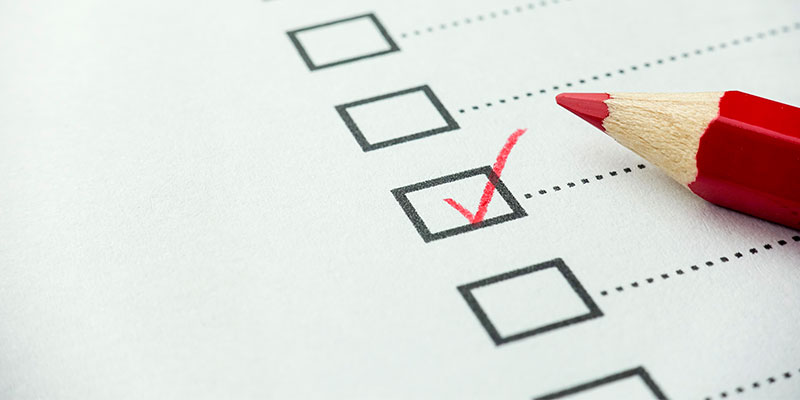Willis Whitfield invented the cleanroom in 1962. He designed a space that blew filtered air in from above and sucked it out from below, eliminating particles through gravity and replacing all the air in the space in six seconds. The design was so effective Whitfield himself didn’t believe the results. He even understated the numbers shown by particle detectors to avoid shocking listeners. But then a scientist from Bell Labs verified the results were 10 times better than Whitfield was describing.
Whitfield was working at Sandia National Laboratories, a science and technology company, at the time of his invention. Sandia patented his cleanroom design and the government shared it with other industries, including pharmaceuticals. This helped establish the cleanroom standards for pharmacies that still exist today. The purpose of implementing cleanrooms in the pharmaceutical industry was to help limit medical contaminations like the infamous 1937 elixir sulfanilamide and 1942 nose dropper incidents.
While the design has evolved over the years, the basic principles of Whitfield’s cleanroom are still in use today. However, the design of the room is not the only factor that contributes to a cleanroom’s cleanliness. There are many standards you need to adhere to, to ensure your cleanroom is contaminant-free.
Why Cleanroom Standards for Pharmacies Are Important
Keeping pharmacy cleanrooms clean is critically important. Without proper decontamination, the medicines produced can have adverse effects on those who consume them, like with the incidents mentioned above. Similarly, any medical products like sutures or bone grafting materials that are produced in cleanrooms can cause serious issues in patients if proper sterility measures aren’t taken.
In addition to the dangers patients face when pharmaceutical cleanrooms don’t adhere to the proper standards, the companies themselves face critical dangers as well. If medicine or medical device must be recalled, for example, the cost of raw materials and labor go down the drain. That’s true for any company that manufactures goods in a controlled environment, but pharmacies face additional financial impact because they must adhere to FDA regulations. Failure to meet FDA standards can result in hefty fines for the pharmaceutical company.
Standards Pharmaceutical Cleanrooms Need to Adhere To
Here are the general regulations pharmaceutical cleanrooms need to follow:
1. Everyone who enters must store personal items outside of the gowning room. If valuable personal items need to be kept with the individual while in the cleanroom, they must stay beneath the approved cleanroom garments.
2. Only approved cleanroom garments can be worn inside the cleanroom.
3. No one is allowed to smoke or eat (including chewing gum) inside the cleanroom.
4. No cosmetics can be worn in the cleanroom.
5. Only approved paper and ballpoint pens are allowed in the cleanroom.
6. Everyone must move in a slow, controlled manner. No fast motions.
7. No one who is ill can enter the cleanroom.
Of course, these are only some of the conditions that need to be met to keep a pharmaceutical cleanroom in compliance with regulations. In addition to the standards listed above, the actual cleaning of the cleanroom is a huge part of meeting requirements. You need to ensure you hire professionals who are trained specifically for cleanroom cleaning, which differs from typical janitorial duties. Ensure the company you hire knows basic cleanroom cleaning protocols, regulations, safety standards, terminology, theory, and more.
Don’t put your company or your customers at risk. Do Willis Whitfield proud by setting and enforcing strict standards for your pharmaceutical Cleanroom Cleaning. You’ll save money, headaches, and maybe even lives.







